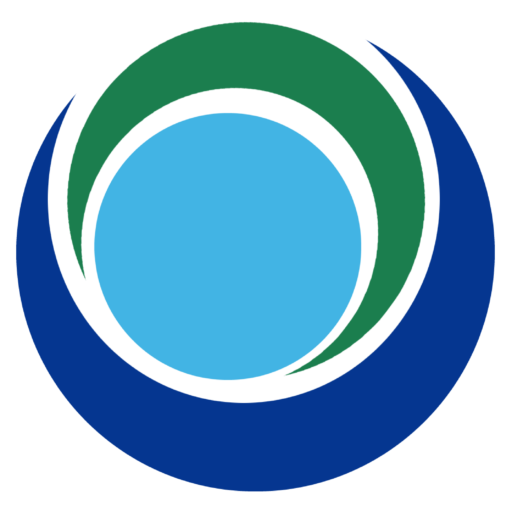Integrating Art into Ocean Science in the Western Indian Ocean Region – The integration of art into ocean science has become a powerful and necessary approach in the Western Indian Ocean Region, bridging the gap between scientific knowledge and public engagement. This region, known for its rich marine biodiversity and vibrant cultural heritage, faces significant environmental challenges, including climate change, overfishing, and pollution. By combining art and science, we can create compelling and accessible narratives that make complex oceanic issues understandable and relatable to a broader audience.
Art transforms data into visual stories, evokes emotional responses, and fosters a deeper connection to the ocean, encouraging communities to take action in preserving their marine environments. This innovative approach not only enhances ocean literacy but also promotes cultural expression and dialogue, ensuring that conservation efforts are inclusive and resonate with local traditions and values. In essence, integrating art into ocean science is not just a creative endeavor but a vital tool for inspiring sustainable stewardship in the Western Indian Ocean Region.
Ocean Literacy Training Workshop in Mombasa Highlights
The Ocean Literacy Training Workshop, held at the Kenya Marine and Fisheries Research Institute (KMFRI) in Mombasa, kicked off on the 23rd of July. This innovative event aimed to merge ocean science with art to influence policy and practice. The workshop brought together participants from various fields including ocean science, art, journalism, and education, providing a wealth of insights and collaborative opportunities.
Day 1: Artist Inclusion in Ocean Science Communication
The highlight of the first day was a compelling presentation by Ms. Susana W. Kihia on the integration of artists into ocean science communication. Based on a research paper supported by Dr. Nina Wambiji’s Pew Trust Fellowship and spearheaded by Ms. Sarah Ater and Dr. Nelly Kadagi from BILLFISH-WIO, this session explored the scientific method and the pathways for artist collaboration in communicating research outputs to diverse audiences. The discussions were further enriched by engaging group ideation sessions led by Under the Microscope, where participants co-created unique artistic products from a research paper.
Day 2: Integrating Creative Arts into STEM Curriculum
On the second day, Mrs. Kawira Gikambi, Deputy Director of Education at the Ministry of Education, State Department for Basic Education, Directorate of Policy, Partnerships & EACA, elaborated on the integration of creative arts, blue economy, and ocean science inputs into the STEM national curriculum policy development process. She highlighted the opportunity for the review of the Kenyan Grade 10 curriculum, facilitated by the Kenya Institute of Curriculum Development (KICD). This session underscored the importance of incorporating artistic perspectives into educational frameworks to enhance ocean literacy.
Day 3: Collaborations and Intellectual Property in Co-creation
Dr. Jacqueline Uku opened the third day of the workshop by sharing insights on the significance of collaborations in raising ocean awareness in public spaces and the importance of policy input. Following this, in-depth sessions focused on copyright in co-creation collaborations between ocean scientists, STEM practitioners, and artists. Ms. Sharon Chahale-Wata from the Kenya Copyright Board and Mr. James Mbugua from Under the Microscope provided comprehensive insights into intellectual property considerations in STEM and art engagements.
Art Meets Ocean Science Café Science Event
The workshop culminated in a vibrant “Art Meets Ocean Science” Café Science event on Friday, 26th July, held at the Kenya Marine and Fisheries Research Institute Mombasa Auditorium. The event attracted over 100 participants and featured engaging performances that showcased the power of creative expression in conveying complex scientific concepts. A panel discussion, featuring KMFRI Scientist Dr. Johnstone Omukoto, Executive Director of Baus Taka Enterprise Dr. Tayba Hatimy, and Founder of Under the Microscope Ms. Stephanie Okeyo, highlighted the impact of integrating art into conservation messaging and explored pathways for co-creation.
The Kenya Marine and Fisheries Research Institute’s Acting CEO Dr. James Mwaluma praised the organizers for their innovative approach to making science accessible to a broader audience, especially non-scientists. The successful event was a collaborative effort funded by the Western Indian Ocean Marine Science Association (WIOMSA) and organized by KMFRI, led by Principal Research Scientist Dr. Jacqueline Uku, in partnership with Alliance Française de Mombasa.
The Ocean Literacy Training Workshop and Café Science event have set a new standard for interdisciplinary collaboration, fostering a deeper understanding and appreciation of ocean science through the creative arts.
Integrating Art into Ocean Science in the Western Indian Ocean Region










